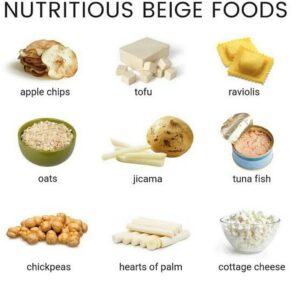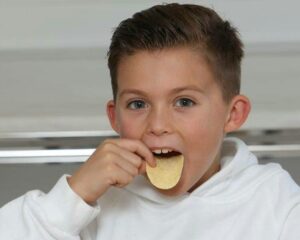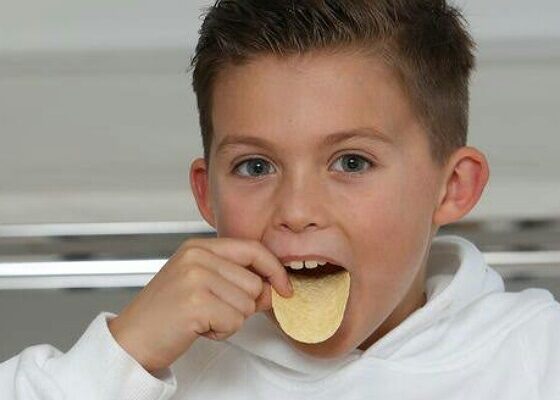Beige diet is a favorite diet of fussy eaters especially kids. Though delicious, these foods lack nutrition. Parents naturally get worried over this problem of their children. What are its disadvantages? How to tackle it?
What is beige diet?
Beige diet consists of foods that are beige in color. This diet includes some white, orange or yellow foods as well such as cheeses and goldfish crackers. These foods are made of refined carbs that are highly processed.
Most of these foods are taken as snacks. They are comfort foods and extremely delicious. They are highly irresistible and unstoppable. They are of subtle flavors and are very easy to chew and swallow with minimal efforts. Chicken nuggets, Mac, cheese, crackers, chips, and savory snacks come in this category.

Kids like them because they are tasty and of likeable and reliable flavor and texture. They taste the same always unlike fruits and other foods that can vary in taste and consistency. Those children suffering from oral motor weakness, tongue tie or other oral dysfunction find these foods desirable.
Problems of this diet
Most of these beige foods are not healthy. They lack nutrients. Most are made of refined flour. These have just simple carbs but minerals and vitamins are missing in them.
Weak oral musculature
Since they are easy to chew, the user of this diet does not use oral muscles and this can lead to their underuse and underdevelopment. Proper use of oral musculature strengthens them and underuse leads to their non-development. These kids in latter life might find eating certain foods such as raw celery or carrots challenging.

Low sensory exposure
These foods lack extreme flavors. These do not stimulate our special or oral tactile sensations. Our proprioceptive system also remains insensitive. Once the child is accustomed to beige foods, he or she might find it difficult to switch to other nutritious foods in future.
But not all beige colored foods are unhealthy. Peanuts, seeds, whole grains and some beans are also beige in color. But these are healthy. Pears, white carrots, radish, cauliflower etc. are also beige but are healthy foods.
How to tackle the eating problem?
One can start replacing the unhealthy beige foods with healthy beige foods. Do this at a slow pace. One can add variety to the diet without the color change. This might help some cases improve.
Try food chaining. This means finding foods that are are similar to the foods that your child likes. For instance, if the child likes crackers, buy them crackers. But change the variety often. Gradually bring them to eat whole grains crackers and peanut butter sandwich crackers. The latter two are healthy.

Involve the kid in food preparation. They like it and feel motivated to learn more about foods. They interact with them and are more likely to try new foods that are healthy.
Also have food play activities. This is knowing about foods playfully with no stress. One can be creative in this sphere. Let them absorb things gradually without any stress.
Read here: What is the OMAD diet? Health risks and eating rules!
Never pressurize to eat something that they are against at that particular moment. Explain but do not force. Forcing increases stress and resistance and does more harm than good. Let them make their own decisions. Have a positive relationship with them around food. And allowing them to occasionally have beige foods is okay.
